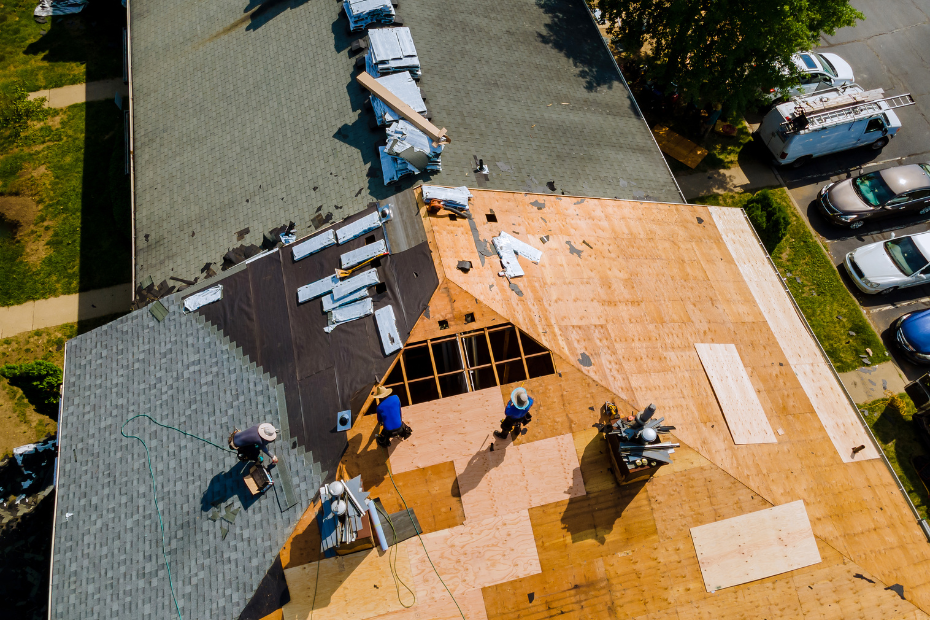Getting your insurance company to cover the cost of a new roof can be a challenging process, but it’s not impossible. The key is understanding your insurance policy, the extent of your roof’s damage, and the steps required to file a successful claim. Here are strategies to help you navigate this process:
1. Understand Your Policy
First and foremost, review your homeowner’s insurance policy to understand what types of roof damage are covered and under what circumstances. Policies typically cover damage caused by “acts of God” (like severe weather) and sudden accidents, but they may not cover wear and tear or damage due to lack of maintenance.
2. Maintain Your Roof
Regular maintenance and repairs can prevent minor issues from becoming major problems. Keep records of all inspections, maintenance, and repairs done on your roof. These documents can be crucial in proving to your insurance company that any damage was sudden and unexpected, rather than due to neglect.
3. Document the Damage
As soon as you notice damage to your roof, document it thoroughly with photographs and videos from multiple angles. This evidence can be crucial for your insurance claim, showing the extent and nature of the damage.
4. Get a Professional Inspection
Hire a reputable roofing contractor to inspect your roof. A professional can provide a detailed report on the damage, which is more persuasive when filing a claim with your insurance company. Make sure the contractor is licensed and insured.
5. File Your Claim Promptly
Insurance companies usually have a time limit for filing claims after damage occurs. Contact your insurance provider as soon as possible to report the damage and start the claims process. Provide all the documentation you’ve collected to support your claim.
6. Understand the Claims Process
Your insurance company will send an adjuster to inspect the damage and determine the claim’s validity and value. Be present during the adjuster’s inspection so you can point out all the damage and ensure nothing is overlooked.
7. Provide Estimates
Provide your insurance company with estimates from licensed and insured roofing contractors. These estimates should detail the work needed and the associated costs. Some insurance companies may require multiple estimates, so it’s wise to have a few on hand.
8. Negotiate the Settlement
If the insurance company’s settlement offer is lower than expected, don’t be afraid to negotiate. Use the documentation, reports, and estimates you’ve gathered as leverage. If necessary, you can seek a second opinion from another adjuster.
9. Consider Hiring a Public Adjuster or Attorney
If you’re facing significant resistance from your insurance company or feel the claim process is unfair, you might consider hiring a public adjuster to negotiate on your behalf. In extreme cases, legal representation may be necessary to secure your claim.
10. Prevent Future Issues
Once your claim is approved, and your roof is repaired or replaced, take steps to prevent future damage. This might include regular maintenance, prompt repairs, and improvements to make your roof more resistant to damage.
Successfully navigating an insurance claim for a new roof requires patience, persistence, and preparation. By understanding your policy, documenting everything, and advocating for your interests, you can significantly increase your chances of having your claim approved. Remember, insurance policies and processes can vary, so it’s essential to communicate openly and frequently with your insurance provider throughout the claim process.
